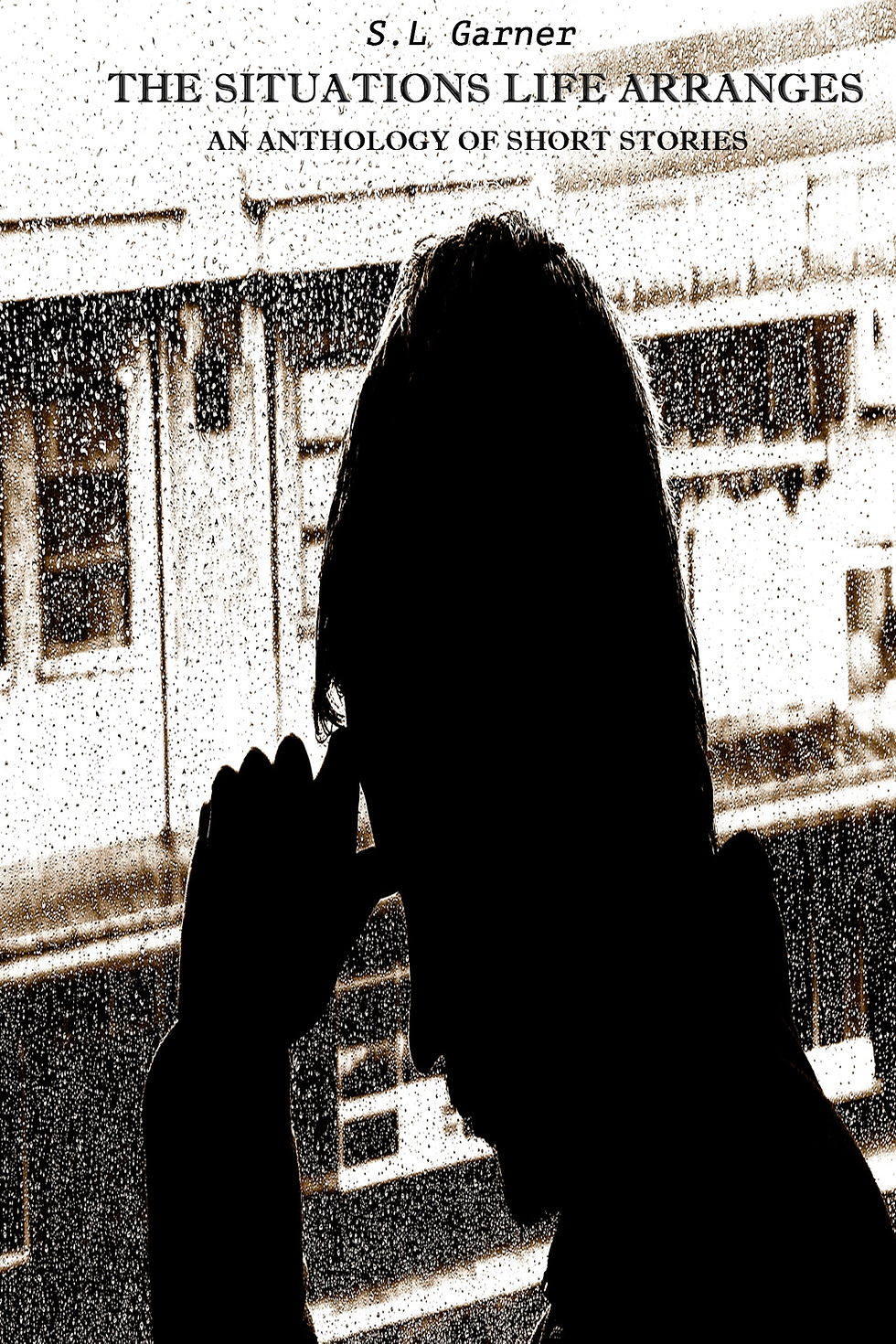Embracing the Literary Frontier: Self-Publishing as the Modern Writer's Path to Success
- Steven Garner
- Aug 18, 2016
- 3 min read
Updated: Jul 4, 2023
The Wave of the future for Creative Artists
Dear readers, picture yourself standing at the edge of an uncharted literary frontier, contemplating the question that stirs the souls of creative writers worldwide—Is self-publishing the future? In this ever-evolving landscape, the concept of self-publishing has emerged, allowing writers to embark on a daring adventure, independent of traditional publishing houses. In the past, authors faced limited options, but today, with the rise of print-on-demand services, a world of possibilities awaits those who dare to embrace self-publishing. Join me on this exhilarating journey as we explore the intricacies and potential of self-publishing for creative writers.
Chapter 1: The Rise of Self-Publishing
Ah, dear readers, self-publishing—the phoenix rising from the ashes of conventional publishing. This vibrant segment of the industry has been flourishing at an unprecedented pace, offering authors an alternative path to bring their works to life. Unlike traditional publishing, self-publishing grants writers full creative control over their literary creations, empowering them to shape their stories according to their vision. The literary realm becomes a playground of artistic freedom.
Chapter 2: Empowering the Wordsmiths
Let us now turn our attention to the multitude of benefits that self-publishing bestows upon seasoned authors and aspiring wordsmiths alike. Tales abound of authors who dared to tread this independent path and emerged triumphant. Take, for example, Jan Strnad, an educator on the verge of retirement. Through self-publishing, he transformed his novels into a lucrative source of supplementary income, surpassing the earnings he obtained from a major publisher. The allure of self-publishing lies in retaining ownership of one's work, shielding it from the whims of external editors, and preserving its essence intact.
Chapter 3: Royalties and Marketing
In the realm of self-publishing, a fruitful financial landscape awaits authors. Traditional publishing houses often claim a significant portion of an author's profits, leaving them with a mere fraction of the rewards. However, in the realm of self-publishing, writers can revel in higher royalties, ensuring a just compensation for their literary endeavors. True, engaging a publishing company offers the advantage of marketing support, but fear not, dear writers, for the digital age has bestowed upon us a wealth of marketing opportunities. With strategic planning, social media prowess, and targeted promotions, self-published authors can master the art of marketing their works, reaching readers directly and forging genuine connections.
Chapter 4: Embracing the Changing Landscape
As we journey deeper into the vast expanse of self-publishing, we encounter a thriving community of writers who have eagerly embraced this evolving trend. Visionaries from all corners of the literary world have ventured forth, selling millions of books and sharing their stories with the world through self-publishing. These pioneers encourage their fellow writers to seize the reins of their creative destiny, relishing the freedom and control that self-publishing affords. While some authors prefer to tread this path alone, others choose to collaborate with agents or independent publishers, blurring the boundaries of the traditional publishing model.
Chapter 5: Carving Your Own Path
So, dear readers, what lies on the horizon for creative writers? Can we unequivocally declare self-publishing as the future? While the landscape continues to evolve, I invite you to contemplate the remarkable success stories of renowned authors who once self-published their own works. L. Frank Baum, Stephen King, Edgar Allan Poe, William Strunk Jr., and Mark Twain—these literary giants took charge of their destinies and ventured into the self-publishing realm. Let their legacy inspire you, urging you to cast aside fear and upload your literary creations, setting forth on a journey toward legendary status.
Conclusion:
Dear adventurous souls, as we conclude this expedition through the uncharted territories of self-publishing, one truth emerges—self-publishing is a boundless realm of creative expression, where writers wield the power to shape their literary destinies. The future of creative writing lies in the hands of those who dare to embrace this extraordinary path, defying conventions and crafting their own narratives. So, dear reader, seize this opportunity, embark on your self-publishing odyssey, and let your words resonate with the world. The literary frontier awaits your arrival.
References:
Wiehardt, Ginny. (2015). English Languages. About Careers. Retrieved from http://fictionwriting.about.com/od/glossary/g/selfpublishing.htm
HOWEY,HUGH. (2013, Apr) Hugh Howey: Self-publishing is the future — and great for writers. Salon Media Group. Retrieved from http://www.salon.com/2013/04/04/hugh_howey_self_publishing_is_the_future_and_great_for_writers/
Friedlander, Joel, Warner, Tiana. (2014, Aug) 6 Reasons You Should Self-Publish. The Book Designer. Retrieved from http://www.thebookdesigner.com/2014/08/tiana-warner/
The Observer (England): “THE QUESTION IS ONLINE SELF-PUBLISHING THE FUTURE FOR BOOKS” (2014) Retrieved from http://www.lexisnexis.com.oclc.fullsail.edu:81/hottopics/lnacademic/
Winkle, Peter. (2013, Nov) Famous Writers Who Self-Published: Busting a Self-Publishing Myth. The Huffington Post. Retrieved from http://www.huffingtonpost.com/peter-winkler/famous-writers-who-selfpu_b_4303994.html


Comments